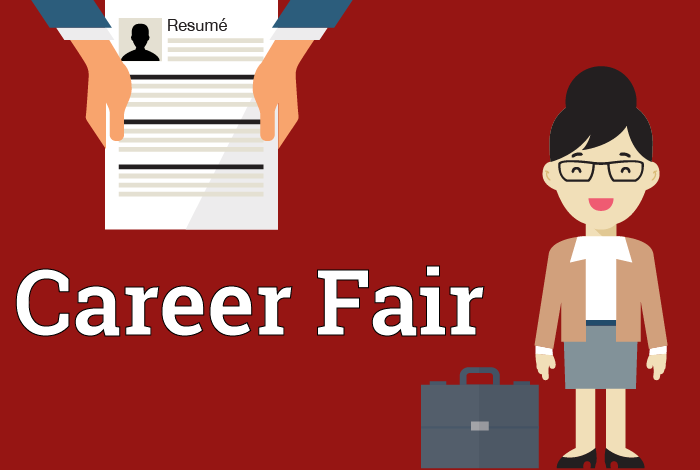Yesterday was our HRTX event in Chicago at the HQ of Yello, and we had a strong turnout and good conversations across four “tracks:”
- Global sourcing strategies
- College recruiting
- How to buy HR tech
- Vendors / subject matter experts
I’ll end up writing a bunch of articles about different ideas that came up throughout the day, because there was some real powerful stuff in there. But now, it’s Friday morning and the CHI —> DFW leg didn’t land until 12:41am, so we’re going to do a smaller concept.
On James Ellis’ track (college recruiting), he’d open most new sessions (when a new crew rotated to him) by doing this:
- “Raise your hand if you still attend a lot of events, i.e. college fairs.” (Many hands go up.)
- “Keep your hand up if you see a lot of utility from them.” (Many hands go down.)
Yello was actually my first HRTX back last November, and I’ve missed a few in between, but by and large I’ve been going to these events (and others) for 10 months now — and we’ve had a college recruiting track on most of them. Recruiters in multiple cities (DC, Chicago, SF, Dallas) have lamented the idea that the fair is dead. If it’s not dead, it’s at least not very useful. They want better strategies for how to reach these millennials and Zs that they need to stock low-to-middle roles in their organization. People mention Snapchat at these events. There’s usually some eye-rolling.
One attendee in Chicago told us this story of a university fair he went to in Singapore. I’ve never been to such a fair, and I’ve never seen what I’m about to describe in the U.S. or even in North America, but it could work — and it might could even resuscitate the standard college career fair.
The steps:
- Students file in with a resume.
- They upload the resume to a central computing system, likely with some form of AI / machine learning / or at the least keyword scanning.
- Organizations have pre-loaded what they are interested in and looking for (ideally they actually know this).
- Now the students are free to walk around and learn about the different orgs.
- A given student can be pinged with “Go see such-and-such org at Table 7, they’re interested in your resume” once there’s a match in the system.
- Now you go to the tables who might be interested in your skill sets, ignore the awkward tables, and the conversations are much quicker and more refined.
Now, this six-step (more/less) process requires a few things to go right in order for it to work — organizations need to know what they need and understand what types of majors or activities might line up with that (because these kids won’t have much work experience on the uploaded resumes). The tech behind the process needs to be more than keyword scanning, or else smart 22 year-olds will just jam up their resumes with “engineering” or “business development” phrases and match at every table. But if the tech is sound and the orgs know what they need, this could reduce a lot of the dumb issues about career fairs and create much more streamlined conversations.
What would you say? You seen this anywhere?
Authors
Ted Bauer
Originally from New York City, Ted Bauer currently lives in Fort Worth, Texas. He's a writer and editor for RecruitingDaily who focuses on leadership, management, HR, recruiting, marketing, and the future of work. His popular blog, The Context of Things, has a simple premise -- how to improve work. Ted has a Bachelors in Psychology from Georgetown and a Masters in Organizational Development from the University of Minnesota. In addition to various blogging and ghost-writing gigs, he's also worked for brands such as McKesson, PBS, ESPN, and more. You can follow Ted on Twitter @tedbauer2003, connect with him on LinkedIn, or reach him on email at [email protected]
Recruit Smarter
Weekly news and industry insights delivered straight to your inbox.





